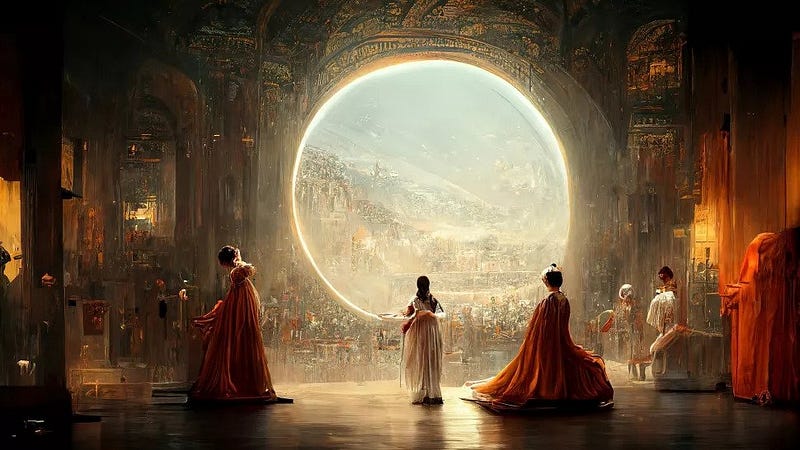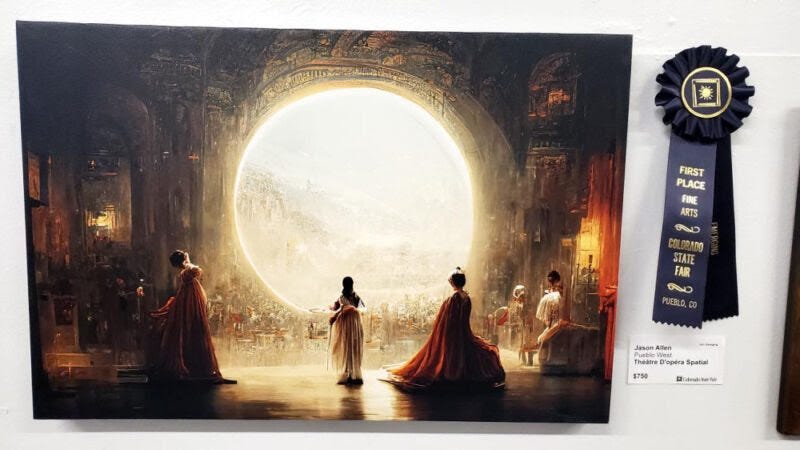AI Art Controversy: Winning with Technology and Creativity
Written on
The Rise of AI in Art Competitions
In a surprising turn of events, Jason M. Allen's AI-generated artwork won first place at the Colorado State Fair in the Digital Arts/Digitally Manipulated Photography category. This victory has ignited a heated discussion about the intersection of artificial intelligence and artistry across social media platforms.
Allen's piece, titled “Théâtre d’Opéra Spatial,” was created using an AI program known as Midjourney. This independent research lab aims to explore new mediums of thought and expand human creativity. Essentially, Midjourney operates as a tool that transforms textual descriptions into vivid images.
After generating hundreds of images and refining his selections, Allen chose his top three pieces. He enhanced these images using GigaPixel AI, printed them on canvas, and submitted them for the competition in early August. Following his announcement of the win on the Midjourney Discord server, discussions erupted on Twitter and Reddit.

Voices of Concern
The response to Allen's win has been mixed, with many expressing frustration. Artist Genel Jumalon tweeted, “It’s pretty disheartening that someone won a competition with an AI-generated piece.” Another user, OmniMorpho, lamented, “We’re witnessing the demise of artistry—if machines can replace creative jobs, what does that mean for skilled professions?”
The conversation highlights the ongoing debate about the essence of art and the role of human creativity. While some argue that AI undermines traditional artistry, others believe that human input remains crucial in the creative process.

Understanding AI’s Role in Art
Allen emphasized that his creative input was vital in generating the award-winning piece. Although the competition's guidelines do not explicitly mention AI-generated art, they define digital arts as any artistic practice that incorporates digital technology.
The rise of AI tools like DALLE-E 2 and Midjourney has sparked intense interest due to their impressive capabilities. However, it’s essential to recognize that without the wealth of human-created art available online, these AI tools would not exist.
Historically, the advent of the camera in the late 1800s led to similar debates. While photography could produce results much faster than traditional painting, human artists continued to thrive due to the unique authenticity of handmade art. Photography evolved into a distinct medium requiring its own set of skills.
Conclusion: Embracing New Mediums
In my opinion, AI-generated art should be classified as a unique medium, necessitating new technical expertise. I believe that human-created art will persist due to the intrinsic value of handcrafted masterpieces. In fact, creating art without automation tools showcases pure human creativity and effort.
This video discusses how an artist won a competition with AI-generated artwork, highlighting the implications for traditional artists and the future of creativity.
In this video, we explore the rise of AI-generated artwork in competitions, examining both the advantages and concerns from the artistic community.
Disclosure: Some links in this article may be affiliate links, which could earn me a commission if you decide to purchase a paid plan.